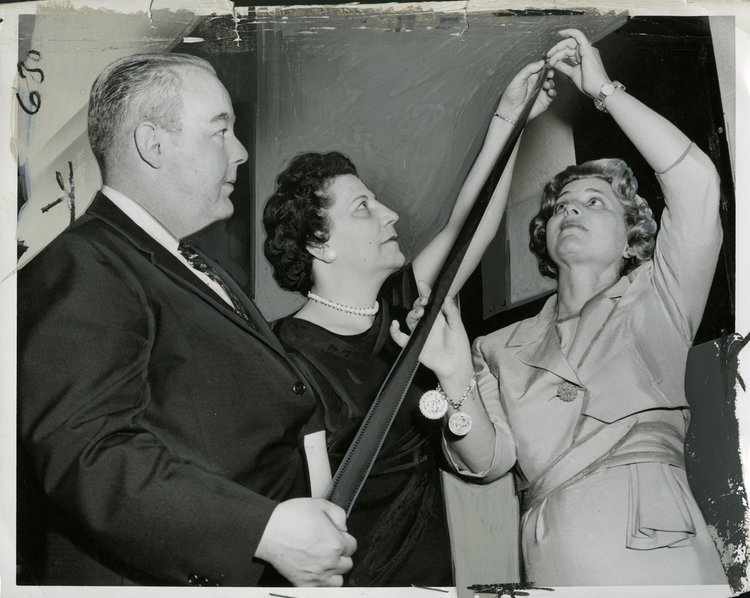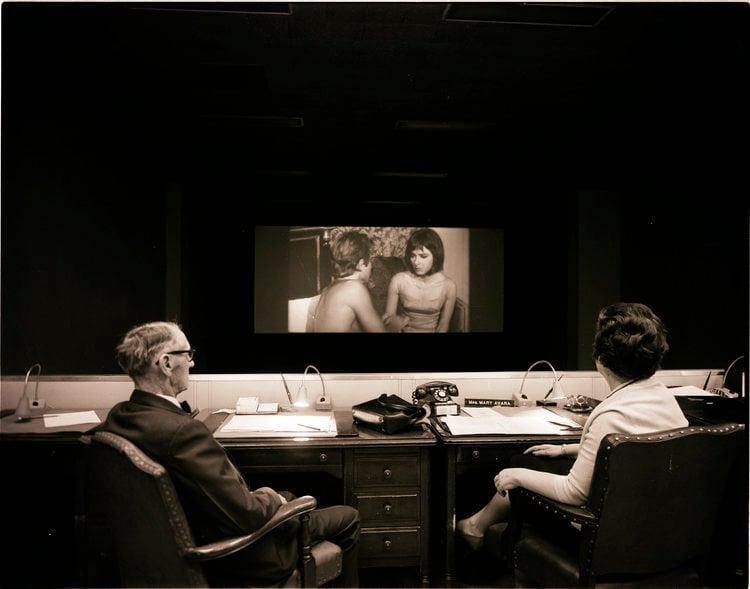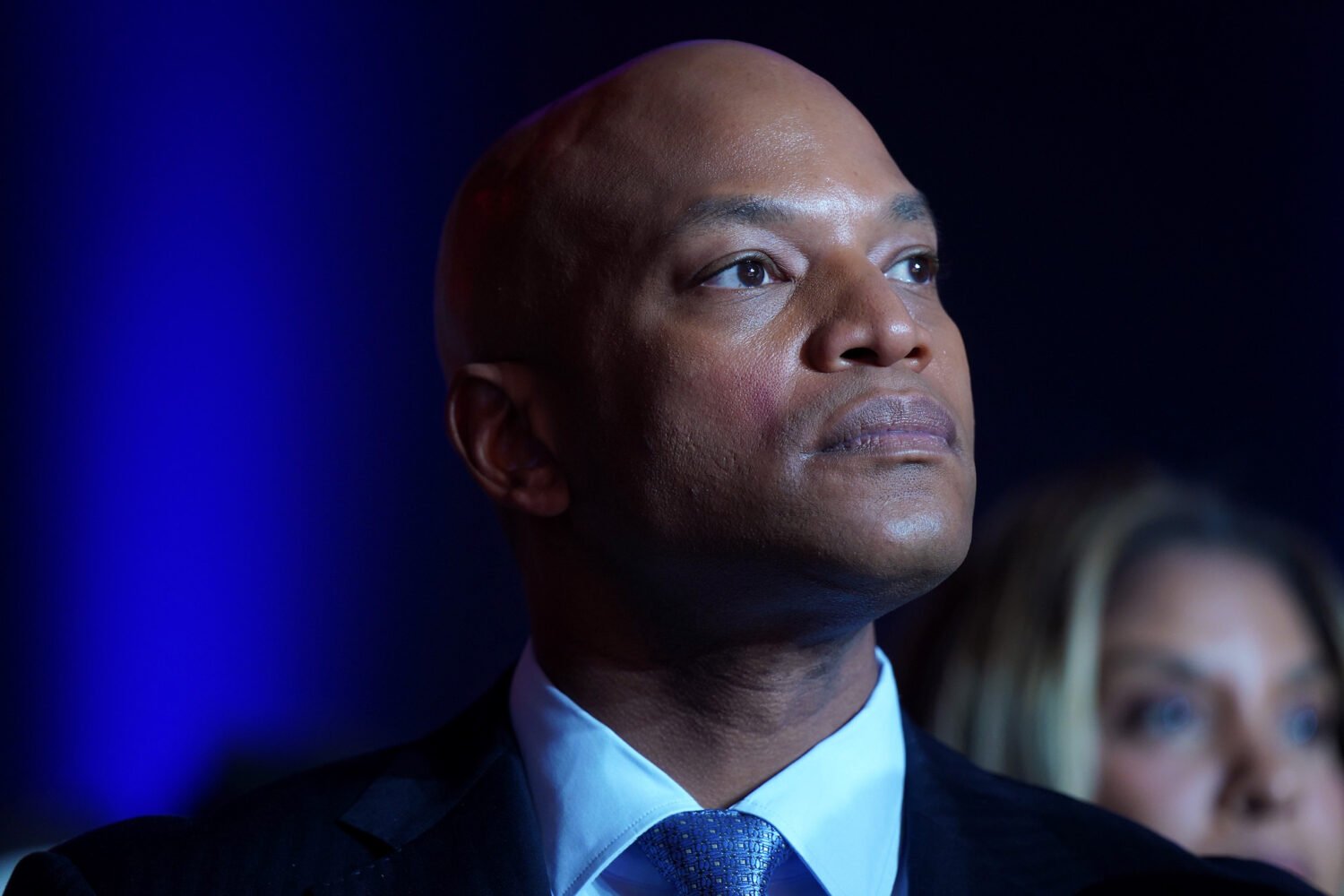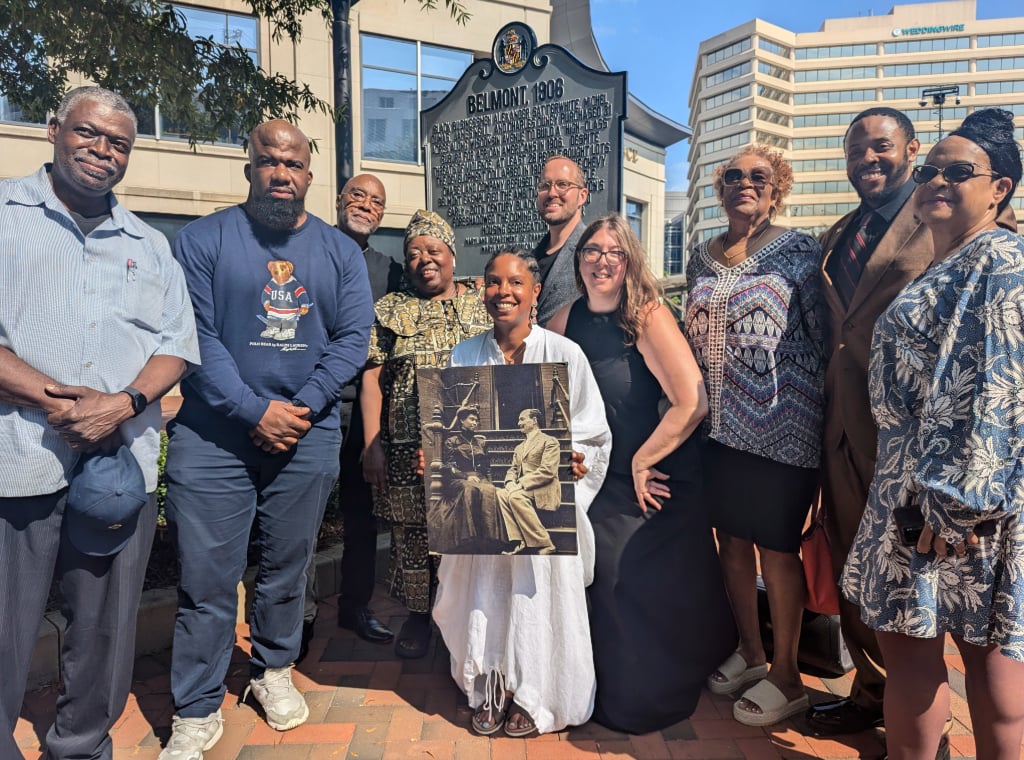By the time Maryland’s State Board of Censors expired in 1981, legal rulings had so chipped away at its authority that censors could only watch films with the sound off (which had the salubrious effect of allowing them to review four movies at a time) and could cut only sexual material, not violence, drug or alcohol use, or sacrilege. One censor was reportedly unable to hear or see the films he was judging; another parlayed her strong opinions and malapropisms into a career as a bizarre national talk show guest.
And somehow, not only did Maryland have the longest-surviving local censor board in the US but it somehow managed to produce John Waters.
Waters is interviewed at length in Sickies Making Films, a documentary about the censor board directed by Joe Tropea, and while he unsurprisingly chews up his scenes, its breakout character is Mary Avara, an outspoken Italian grandmother from Baltimore who was the censor board’s de facto head and stayed with it until its end. She had her own rating system: “GP” for “garbage production.” “R” for “rotten.” “BR” for “beyond repairs.” “RRRR”: “rotten, rotten, rotten, and rotten.” When questioned about the First Amendment, she told an interviewer that the people who wrote the Constitution didn’t have the same kind of movies she was seeing.
In Tropea’s documentary, Waters calls Avara “a moron” and recalls the time she made him cut his best print of Female Trouble with a pair of scissors. Other film distributors, the film says, showed the board bowdlerized versions of their pictures, then exhibited the original print in local theaters with the censors rarely becoming any the wiser. But it took lots of court cases and even more political will to finally dispose of the board 13 years after the Motion Picture Association of America instituted its own rating system.
Tropea, who also directed the film Hit & Stay, about Catholic resistance to the Vietnam War, originally planned to make a short film about Avara. “She’s just hilarious,” he says. “Everything that comes out of her mouth is just funny.” But he felt such a treatment would come off too mean. Instead, Sickies Making Films offers an often hilarious wide-angle view of film censorship in the US, which sprang from the same progressive movement that called for food inspections after The Jungle. Censor boards sprouted in seven states and dozens of towns and cities after a 1915 Supreme Court ruling that said films were commerce, not art, and hence could be regulated by local authorities.

Early censor boards were concerned with depictions of race, religion, and violence as well as sex, and the film makes use of clips from more than 90 films that illustrate America’s obsession with these subjects. One interesting point the film raises: After studios adopted the self-censoring Hays Code in the 1930s, foreign films had an especially difficult time being shown in the US, because they were filmed by studios outside the control of Hollywood’s Production Code Administration. In fact, a Baltimore theater manager, Ronald Freedman, deliberately showed a French film, Revenge at Daybreak, without board approval to provoke a confrontation that led to a 1965 Supreme Court ruling that neutered much of the board’s power. And still it managed to hang on for 16 more years.
Sickies Making Films will show Saturday, July 27, at 5 PM at the AFI Silver Theatre and Cultural Center. Tropea will introduce the film, and an event featuring local film historians Robert Headley and Pat Padua will follow. The film is available now on DVD, and Tropea says it will soon be available to stream on Amazon Prime.

















